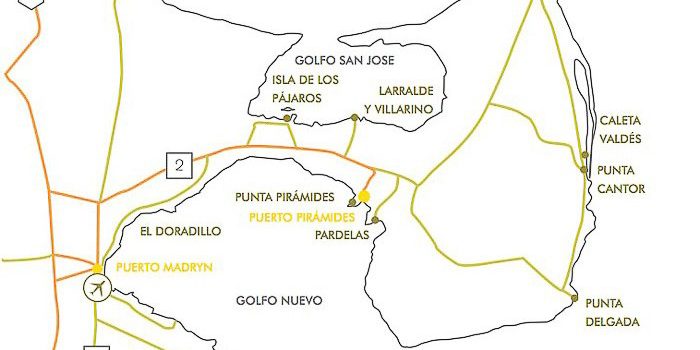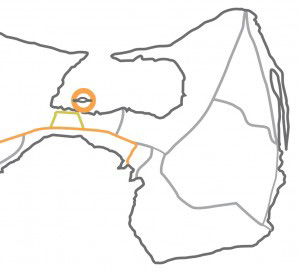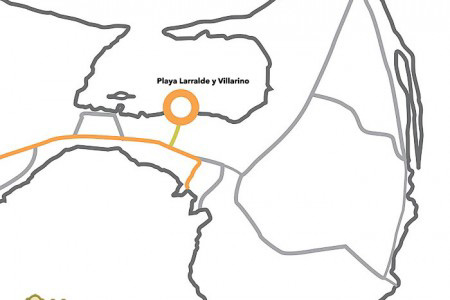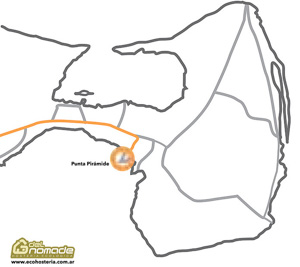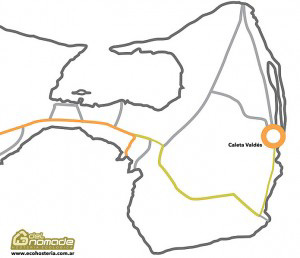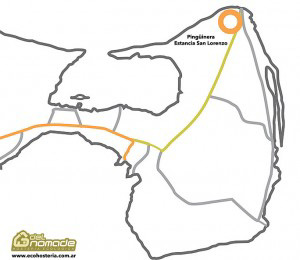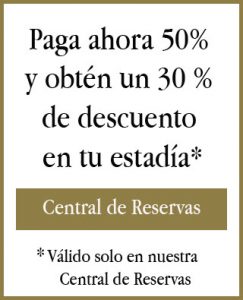Driving on gravel involves not going more than 37 mph (60 km / h ) and not touching the brake when cornering. Inside Peninsula Valdes, there is no internet sign, except near Puerto Piramides, that’s why we dedicate this article for you to use in this adventure. You must have the cell phone battery charged!

Road gravel Peninsula Valdes






